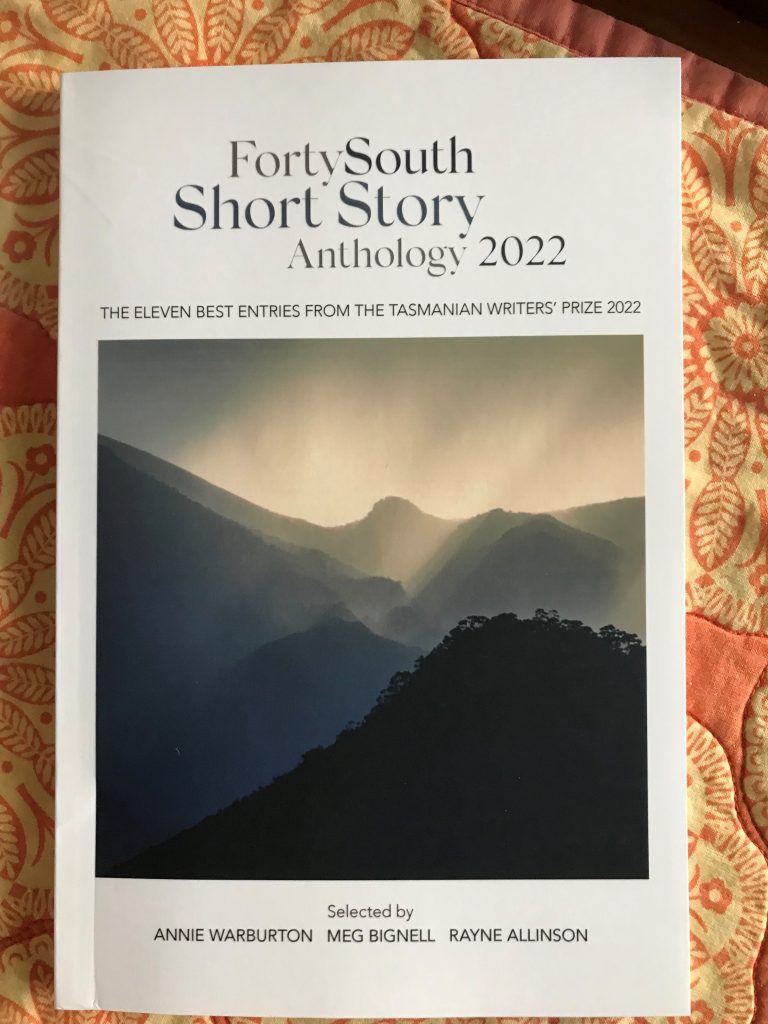Great to finally see my first Michael Mulligan adventure out in the big wide world
read it at sixfold.org

Great to finally see my first Michael Mulligan adventure out in the big wide world
read it at sixfold.org

Done Readin’ was a finalist in the 2023 Mansfield Readers and Writers Short Story Competition and is now published in the Soul anthology. Order a copy of Soul from the MRW web site.
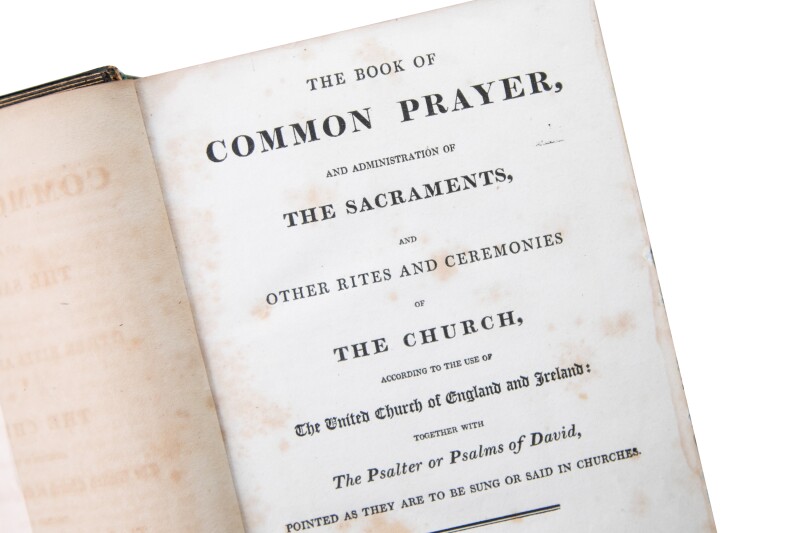
Watch out for snakes placed in the top 10 in the American Sixfold November 2023 short story competition. My story made it through two cutthroat rounds of preliminary voting by the 237 submitting authors and finished 9th of the 18 finalists. I thoroughly recommend Sixfold – you get to read some quality writing, and hear what other writers think about your work.
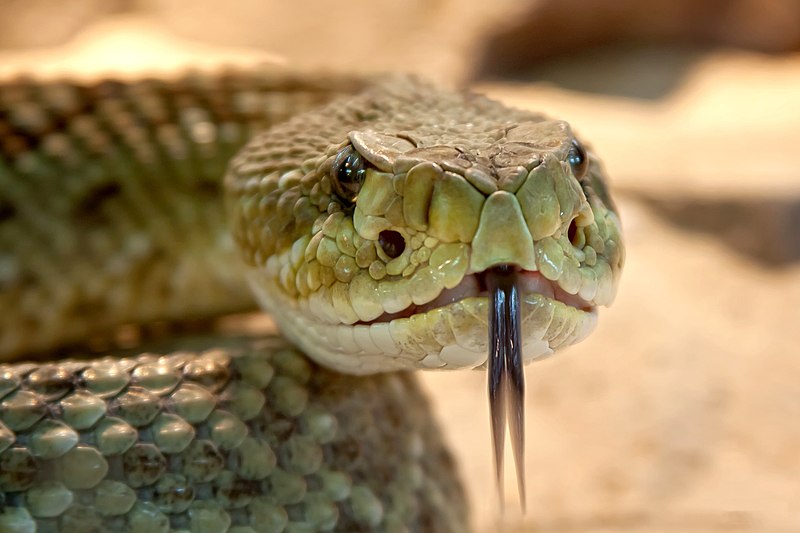
The Historical Writers’ Association (UK) in conjunction with the Dorothy Dunnett Society run an annual short story competition for historical fiction. I’m chuffed that Watch out for snakes made the longlist.
The first of my short stories about the adventures of a boy growing up in colonial Van Diemen’s Land.
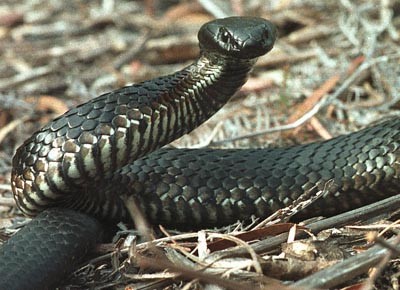
Tasmania’s first and only Australian prime minister – Joseph Lyons – hailed from “lobster country” in the northwest. He and his lifelong pal Horace Pithouse spent many happy an hour fishing for lobsters and blackfish in the rivers and creeks around Smithton. Lobsters feature prominently in Pithouse’s “historical romance” The Luck of 1825 published in 1922.
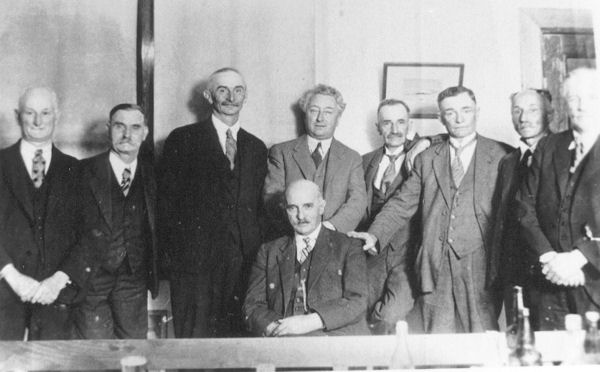
Tasmania’s first mining “rush” began in Waratah 1871 when James “Philosopher” Smith discovered tin on nearby Mt Bischoff. Today, sleepy Waratah belies its bustling past. Most visitors stop here to walk to Philosophers Falls on the upper reaches of the Arthur River 11 km from town. The Arthur River marks the southernmost extent of the range of the lobster.
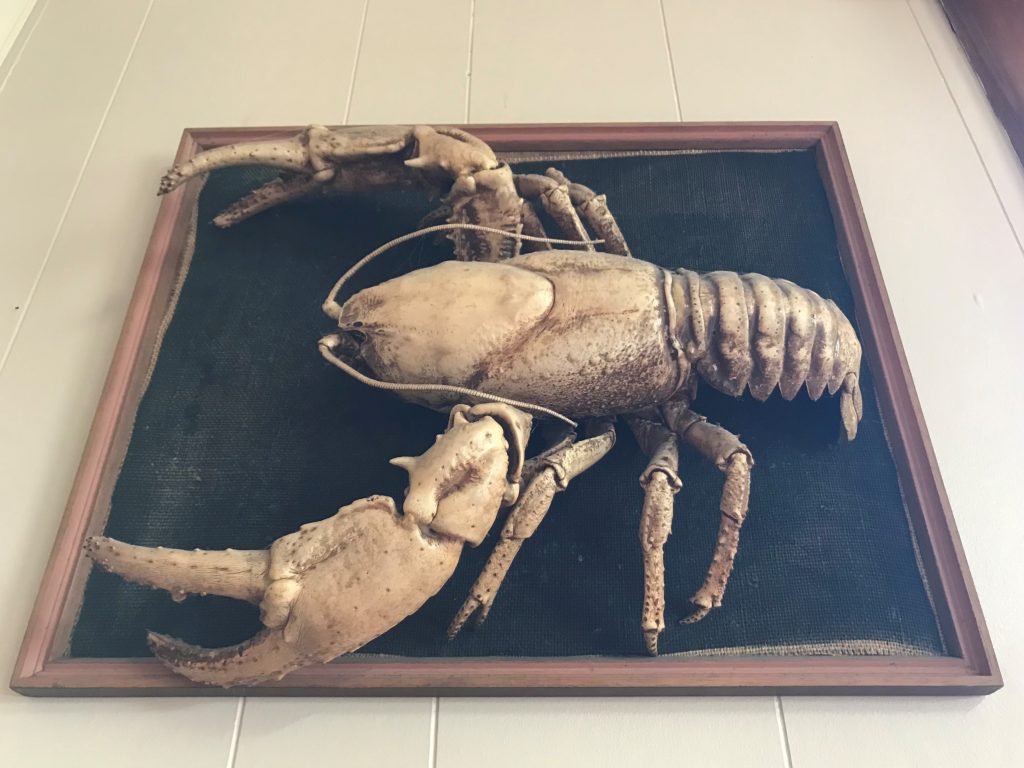
Lobster lovers rejoice – The short-tailed rain crayfish is NOT EXTINCT! The dedicated team at The Bookend Trust have rediscovered the STRC in the creeks and gullies that feed Lake Burbury, near Queenstown. This species has not been observed since 1980 and was though extinct after its only known habitat was drowned under the hydroelectric scheme lake in 1991.
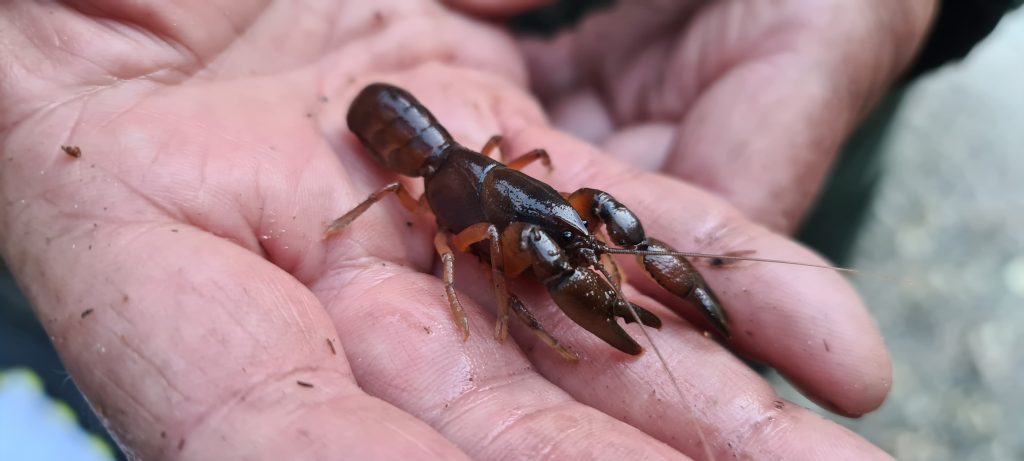
A difficult Birth: The Van Diemen’s Land Company 1824-25
I’m so thrilled to win the VDHP for a second time. My essay will be published in the Van Diemen Anthology 2023, which will be launched mid next year at the Hobart Writers’ Festival.

Fiona Marshall leads the from the Giant Freshwater Crayfish Project for the Cradle Coast Authority’s Natural Resource Management (NRM). I accompanied her on a day out, visiting landholders who are helping to conserve the lobster and its habitat. I visited some of northern Tasmania’s “Secret Rivers”

The Forty South Short Story Anthology 2022 arrived in the post! My short story ‘The Flying Fish’ set in colonial Tasmania is on page 58.
